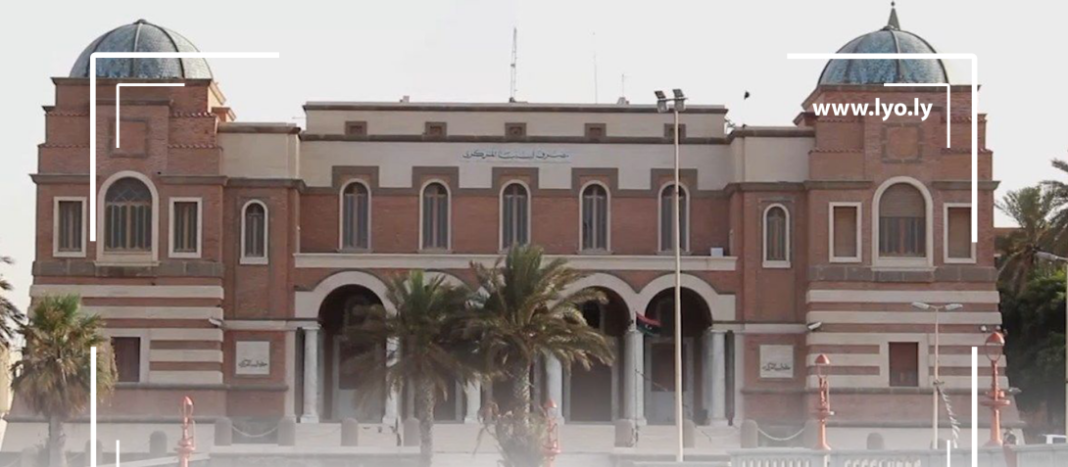Libya’s Central Bank (CBL) announced on Sunday that the nation’s total financial revenues for the period from January 1 to July 31 reached 61.15 billion Libyan dinars, while expenditures amounted to 57.56 billion dinars.
The revenue was primarily driven by the oil sector, with oil sales accounting for 51 billion dinars and oil royalties contributing 8.8 billion dinars. Tax revenues were 395 million dinars, customs revenues were 129 million dinars, and the communications sector generated 73 million dinars.
Additional revenue sources included local fuel sales, which brought in 32 million dinars, and other revenues amounting to 721 million dinars, derived from various financial services such as refunds, passport fees, vehicle registration, and fines.
On the expenditure side, the breakdown was as follows: Salaries: 36.5 billion dinars, operating expenses: four billion dinars, development expenses 160 million dinars, subsidies 9.4 billion dinars, and emergency expenses zero.
Additionally, the National Oil Corporation received five billion dinars, and the General Electricity Company was allocated 2.5 billion dinars.
Meanwhile, government spending for the period included the Prime Minister’s Office and affiliates with 1.5 billion dinars, the House of Representatives and affiliates with 700 million dinars, the Presidential Council with 321 million dinars, and the High Council of State 29 million dinars.
Foreign currency inflows to the central bank were reported at $12.4 billion, with total foreign currency expenditures reaching $21.5 billion. Revenue from foreign currency fees amounted to 14 billion dinars.
The CBL also noted that $1.75 billion in foreign currency had been earmarked for the reconstruction of Libya’s eastern region, highlighting ongoing efforts to rebuild and stabilize the area.













